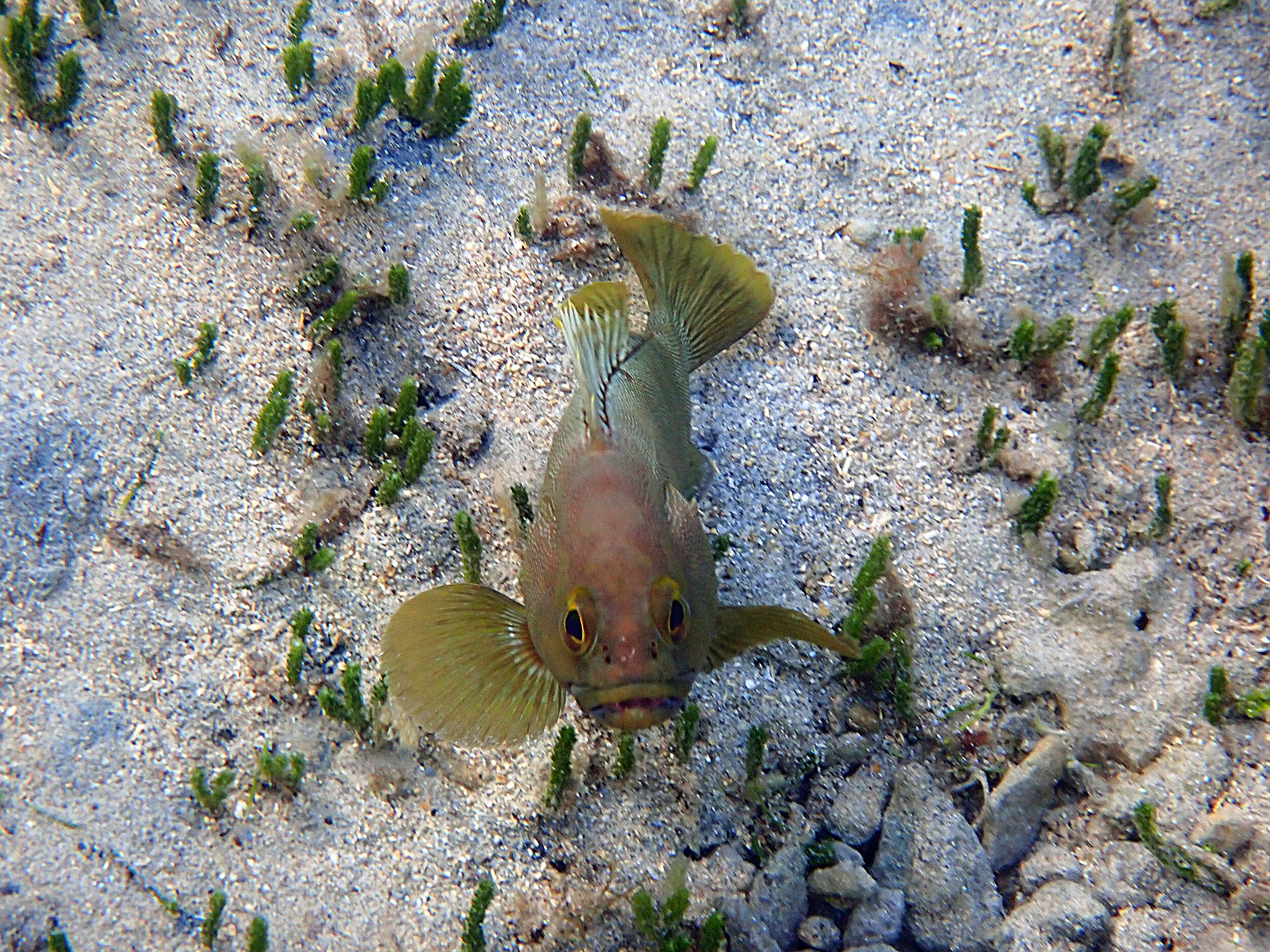September is Biodiversity Month – the perfect time to celebrate the astonishing variety of life on Norfolk Island’s reef. From new fish sightings to coral mosaics, every observation is a reminder of how much there is still to learn and protect.
Read more about why biodiversity matters, globally and right here in our lagoon.
Read More






